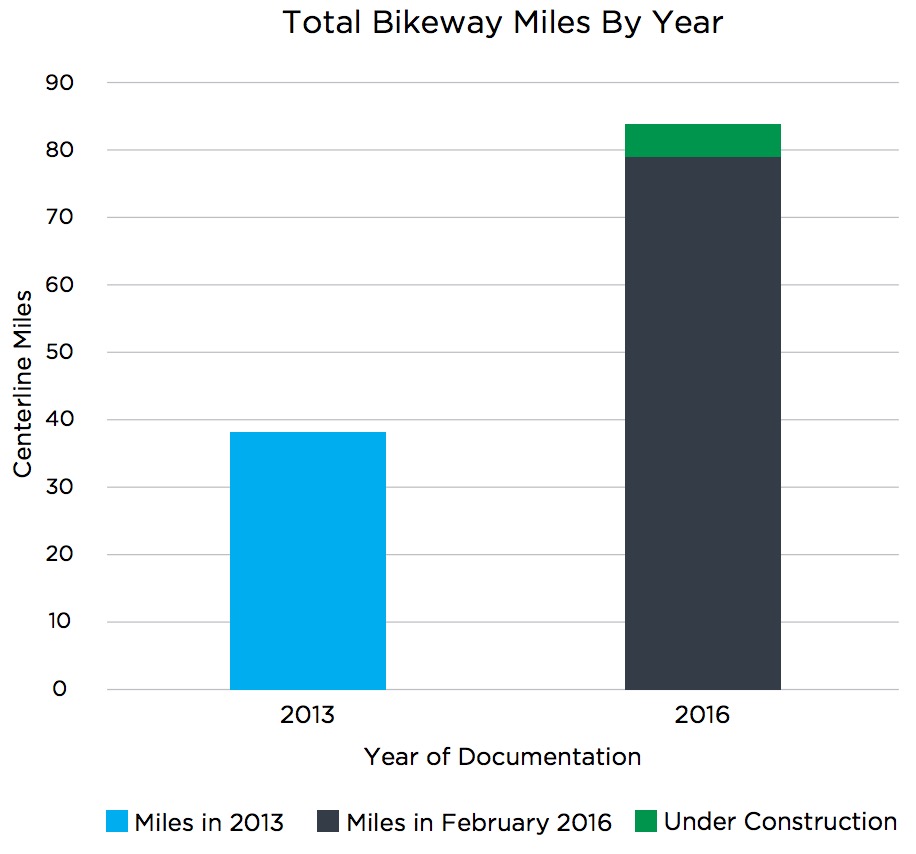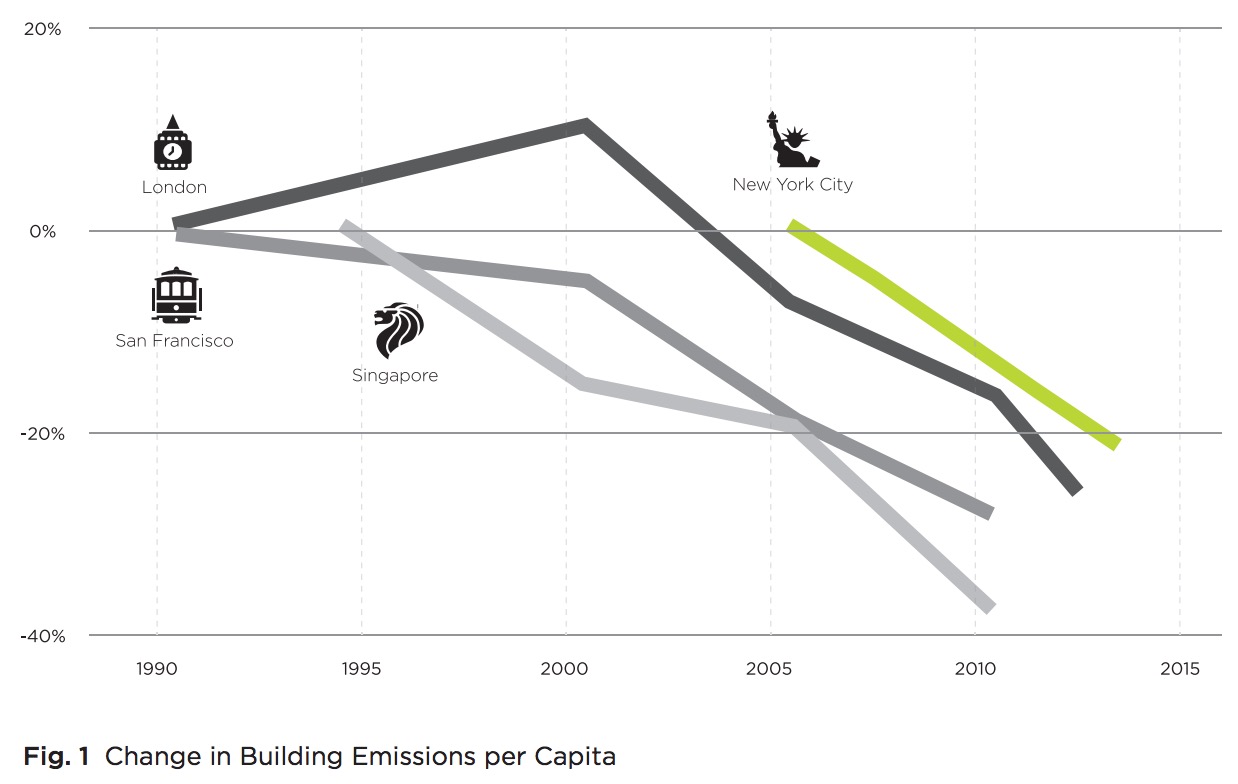
BIKE WALK RVA
THE FUTURE OF BICYCLING IN THE RICHMOND REGION LOOKS BRIGHT. New plans for building a network of bikeways in the region provide a strong foundation for connecting people of all ages and abilities who want or need to ride a bike.








John Hennessy III,
P.E.






BIKE WALK RVA
THE FUTURE OF BICYCLING IN THE RICHMOND REGION LOOKS BRIGHT. New plans for building a network of bikeways in the region provide a strong foundation for connecting people of all ages and abilities who want or need to ride a bike.

Just as former New York City Transportation Commissioner Janette Sadik-Khan launched her multi-city book tour for “Streetfight” (along with co-author Seth Solomonow) we were able to grab her for a few minutes in the pedestrian paradise of Washington Square Park to ask her what we thought were five eclectic questions.
View this complete post...
As the Metropolitan Planning Organization (MPO) for the metropolitan Columbus planning area, MORPC conducts a continuing, cooperative, and comprehensive transportation planning process, with a 20-year horizon, that results in producing a Metropolitan Transportation Plan (MTP) and Transportation Improvement Program for the region.
View this complete post...
URBAN GREEN COUNCIL Introduction Frankfurt and other German cities are renowned for their commitment to quality construction and engineering. London is filled with historic and diverse buildings. Singapore is famous for its direct regulation of behavior. Sydney and the rest of Australia attempted to put a price on carbon. San Francisco is a legislative testing […]
View this complete post...
Laura Erikson, Community Development Coordinator in Lewis and Clark County, MT discusses how EPA is making a visible difference in Helena, MT. EPA Brownfields funds were used by the County to investigate contamination at a site that was regarded as the most blighted property in town. After completing the environmental assessment, the Montana Business Assistance Connection, with help from the City and EPA, was able to purchase the site and restore it to residential use standards. Today it is ready for redevelopment. Ms. Erikson explains what the newly cleaned site will mean for the community, calling it a “catalyst” that will benefit the whole area.
View this complete post...
Future City is a cross-curricular program that lets students in the 6th, 7th, and 8th grades do the things engineers do: identify problems, brainstorm ideas, design solutions, test and retest, build and then share the results. Future City is a program of DiscoverE.
View this complete post...
CTfastrak is the region’s first dedicated mass transit system in more than 50 years. Carrying more than 16,500 riders each weekday, the system centers around an exclusive 9.4-mile guideway dedicated to the BRT system that links central Connecticut communities. It reduces traffic congestion and shortens commute times for commuters in Hartford, West Hartford, Newington and New Britain, CT.
View this complete post...Follow InfrastructureUSA
Video, stills and tales. Share images of the Infra in your community that demands attention. Post your ideas about national Infra issues. Go ahead. Show Us Your Infra! Upload and instantly share your message.
Is the administration moving fast enough on Infra issues? Are Americans prepared to pay more taxes for repairs? Should job creation be the guiding determination? Vote now!
What do the experts think? This is where the nation's public policy organizations, trade associations and think tanks weigh in with analysis on Infra issues. Tell them what you think. Ask questions. Share a different view.
The Infra Blog offers cutting edge perspective on a broad spectrum of Infra topics. Frequent updates and provocative posts highlight hot button topics -- essential ingredients of a national Infra dialogue.
It is encouraging to finally see clear signs of federal action to support a comprehensive US infrastructure investment plan.
Now more than ever, our advocacy is needed to keep stakeholders informed and connected, and to hold politicians to their promises to finally fix our nation’s ailing infrastructure.
We have already engaged nearly 280,000 users, and hoping to add many more as interest continues to grow.
We require your support in order to rise to this occasion, to make the most of this opportunity. Please consider making a tax-deductible donation to InfrastructureUSA.org.
Steve Anderson
Managing Director
SteveAnderson@InfrastructureUSA.org
917-940-7125